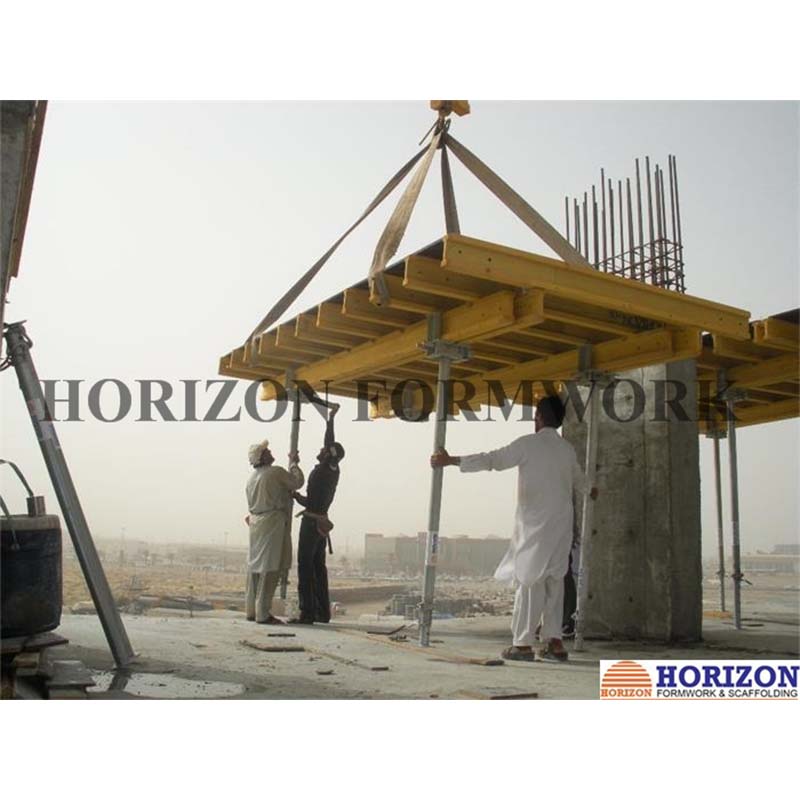نويابىر . 08, 2024 04:57 Back to list
Innovative Curved Formwork Solutions for Efficient Construction in China
The Evolution of China Curved Formwork Technology
Formwork has long been a pivotal element in the construction industry, serving as the temporary mold that shapes concrete until it hardens. Among the various types of formwork, curved formwork is particularly significant due to its aesthetic appeal and structural innovation. In China, the development and application of curved formwork technology have progressed remarkably, aligning with the country’s rapid urbanization and architectural evolution.
The Significance of Curved Formwork
Curved formwork allows for the creation of unique architectural features that are both visually striking and functional. Buildings with curved surfaces are not only more aesthetically pleasing but also provide an advantage in terms of aerodynamics, particularly in high-rise structures. These designs can significantly influence the energy efficiency of a building, optimizing natural light entry and minimizing wind load stress.
In recent years, as Chinese cities continue to grow and modernize, the demand for innovative architectural solutions has surged. Modern architects are increasingly experimenting with non-linear designs, and curved formwork has emerged as an essential tool in bringing these visions to life.
Advancements in Technology
The evolution of curved formwork technology in China has been driven by advancements in materials and construction techniques. Traditional materials like wood and metal have been largely supplemented or replaced by high-performance materials such as fiberglass and advanced polymers, which offer greater flexibility and durability.
Furthermore, the integration of digital technology in design processes has transformed how curved forms are conceptualized and constructed. Building Information Modeling (BIM) allows for precise measurements and simulations, ensuring that the curved formwork aligns seamlessly with the intricate designs that architects envision. This technology minimizes errors, reduces waste, and ensures that projects remain on schedule and within budget.
china curved formwork

Case Studies of Curved Formwork in China
Several prominent projects in China embody the innovative use of curved formwork. One notable example is the Guangzhou Opera House, designed by the renowned architect Zaha Hadid. The building's fluid design required intricate curved formwork, seamlessly integrated to create smooth, flowing surfaces that mimic natural forms. The success of this project has inspired numerous other architects and developers to explore the possibilities of curved formwork in their designs.
Another example is the Beijing National Stadium, famously known as the “Bird’s Nest.” The structural complexities of the stadium demanded an innovative approach to formwork, as its unique design features interwoven steel and concrete elements. The use of advanced curved formwork techniques proved essential in achieving the building’s iconic silhouette while ensuring structural integrity.
Challenges and Solutions
Despite its advantages, the use of curved formwork presents unique challenges. The cost of customized formwork can be significantly higher than traditional straight forms, which may deter some developers. Additionally, the complexity of installation and the need for skilled labor to handle advanced materials can pose difficulties.
However, with increasing experience and technological improvements, these challenges are becoming more manageable. Companies specializing in formwork solutions are developing more cost-effective methods and training programs for workers, enhancing the accessibility of curved formwork technology across the construction sector.
Conclusion
The evolution of curved formwork technology in China reflects the country’s broader architectural ambitions and its commitment to innovation. As urban landscapes continue to evolve, the significance of curved formwork will undoubtedly grow, enabling architects to push the boundaries of conventional design. With ongoing advancements in materials, digital technology, and construction techniques, the future of curved formwork in China looks promising, paving the way for a new era of architectural design that is as functional as it is beautiful. As cities expand and new forms of expression emerge, curved formwork will play a crucial role in redefining urban environments.
-
Adjustable Heavy Duty Props for Slab Formwork - Max Load & Safety
NewsAug.30,2025
-
Premium Formwork Wing Nuts & Tie Rods | Factory Supplier
NewsAug.29,2025
-
Expert Ringlock Scaffolding: Durable, Safe, Efficient Solutions
NewsAug.28,2025
-
Ringlock Scaffolding: Strong, Safe & Efficient Solutions
NewsAug.27,2025
-
OEM Column Formwork: Circular, Curved & Inclined Solutions
NewsAug.26,2025
-
Premium Scaffolding Jacks: Stable, Adjustable & Durable
NewsAug.25,2025